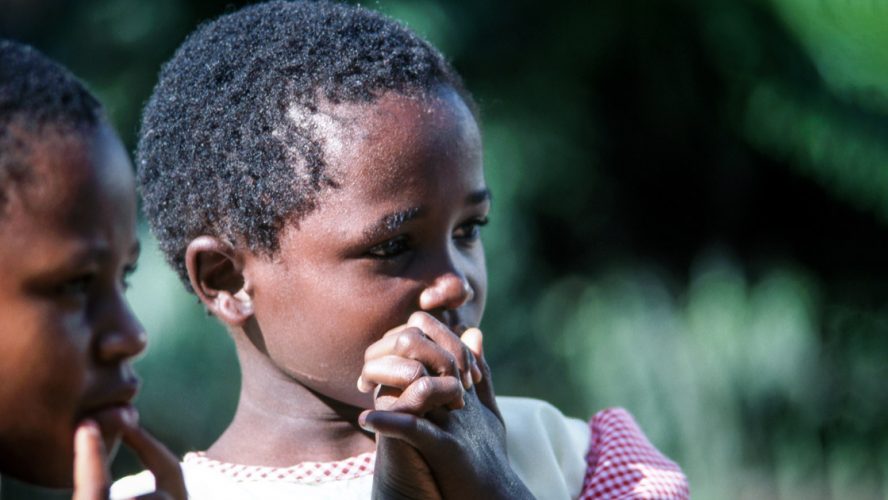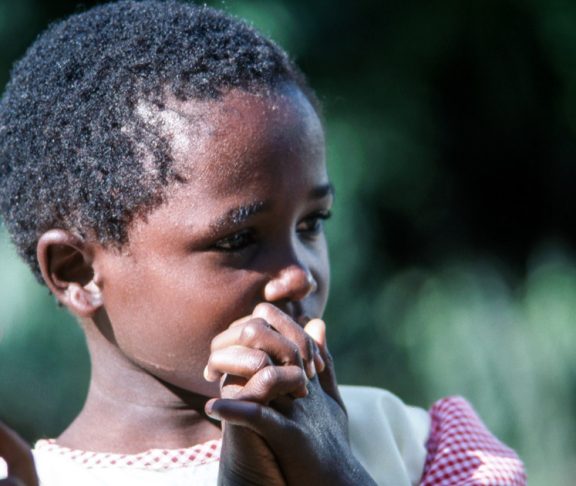
Professor Glenda E Gray
CEO and President, South African Medical Research Council (SAMRC)
In South Africa’s fight against HIV/AIDS, the focus needs to be on marginalised populations, better interventions for young women and girls, and better education for men.
South Africa is currently fighting four epidemics at once: maternal, newborn and child health; HIV/AIDS and TB; non-communicable diseases such as cancer, cardiovascular disease and diabetes; and domestic violence and injury against women.
“We have one of the largest HIV/AIDS epidemics at a global level,” says Professor Glenda Gray, CEO and President of the South African Medical Research Council (SAMRC). “And with HIV/AIDS we have co-morbidity of TB. Reducing the burden of non-communicable diseases involves better lifestyle choices and increased medical research.”
South Africa must target vulnerable groups
There have, however, been some breakthroughs. South Africa has managed to increase life expectancy of HIV patients with one of the largest antiretroviral programmes in the world. It has also made strides in preventing mother-to-child infection, and implemented effective screening, antenatal care and treatment programmes. More work now needs to be done to target marginalised and vulnerable populations with HIV interventions, and particularly young women and girls.
“If we don’t reach vulnerable populations, we’re never going to be able to control HIV,” says Gray. “We must be sure that young women and adolescent girls can protect themselves and, if they become infected, are able to receive treatment and care. But we cannot simply focus on women. We need to find ways of involving men in this fight and empowering them to protect themselves and their partners, otherwise we will continue to perpetuate gender imbalance and the vulnerability of women.”
Partnership is crucial for health success
Joined up thinking is pivotal to the success of eliminating all four epidemics, says Gray, because it can provide better resources, increased funding and more cutting-edge innovation and logistical power.
“Public-private partnerships and philanthropic relationships, NGOs and pharmaceuticals are critical if we are to address some of the R&D challenges we face, particularly regarding TB,” she says. “Take drug discovery, which is expensive. We must work with industry and other international partners to get drugs through clinical research. We need to make sure we don’t leave any diseases behind.”

